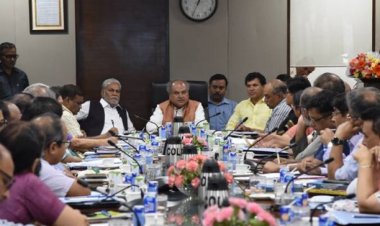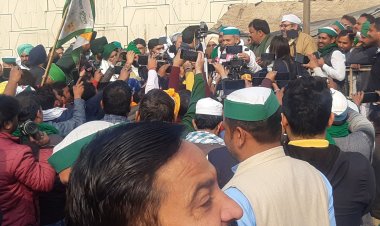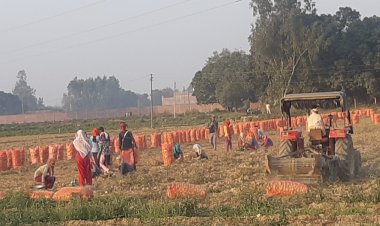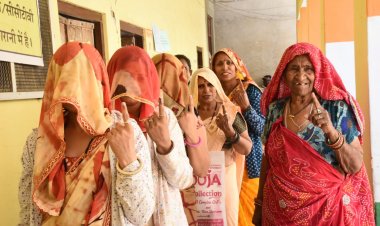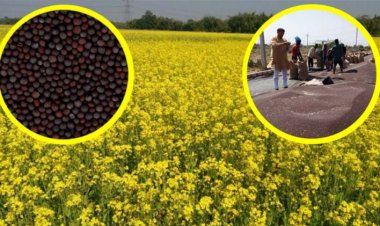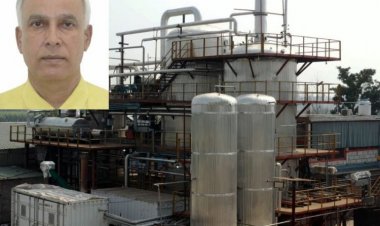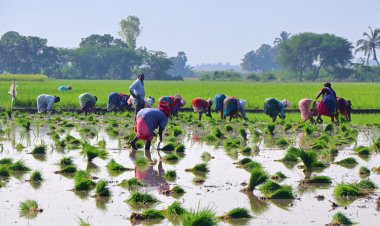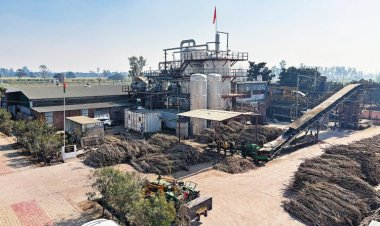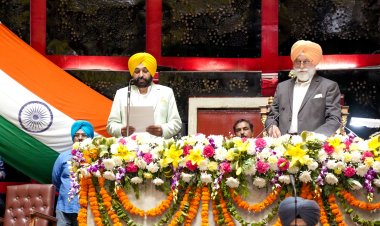Gurjars can make themselves politically empowered through UP Assembly elections
The Gurjars are not getting their desired share in the Assembly. This is mainly on account of the lack of their awareness of their numerical strength in decision-making that influences the fate of candidates who are in the fray. The solution to increasing their share in the Assembly and other organizations depends on the level of existence of social capital in the community.
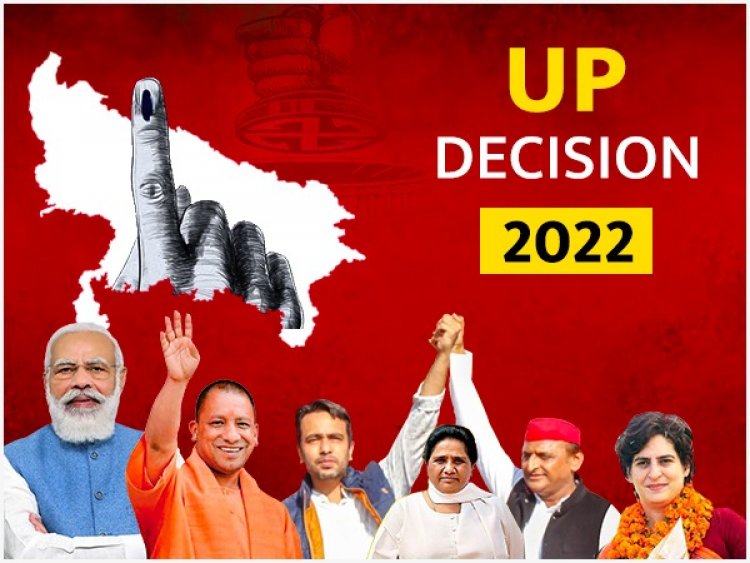
Elections to 403 Assembly constituencies in Uttar Pradesh (UP) are going to start from February 10. As earlier, caste would play an important role in these elections this time also. It is the cornerstone of the life of people in India. In fact, awarding adult franchise to people had given rise to caste domination and mobilization of voters on caste lines.
In this article, the discussion relates to the Gurjars and the Assembly elections in UP. Let me say that the Gurjars are not only Hindus but also Muslims and Sikhs. They come under the OBC, Denotified Tribe and Scheduled Tribe categories. Besides UP, the Gurjars are also found in J&K, Himachal Pradesh, Punjab, Haryana, Uttarakhand, Rajasthan, Madhya Pradesh, Gujarat, Maharashtra and Chhattisgarh.
In the Fifties, the Socialist Party had recognized caste as an important deciding factor in politics in terms of giving tickets to certain castes to contest elections. The Socialist Party leader Ram Manohar Lohia had mobilized people, particularly Other Backward Classes (OBCs), on two planks. One was the integration and homogenization of sub-castes and the other was reservation in educational institutions and services. There was a slogan at that time ‘Socialist Party ne bandhi gath, pechede peya so mey sath’. (The Socialist Party had decided that OBCs are 60 per cent of the total population.)
The role of caste in elections had also been prominently brought to the fore by Professor Rajni Kothari, a noted political scientist. The dominance of caste is so rife in every nook and corner of the country that even the Communists, for whom caste is anathema, could not spare themselves from it. For instance, in the Telangana Assembly elections, which were held in 2018, the CPI(M) banked more upon caste factors than upon class issues.
In this article, we discuss the votes of Gurjars in various Assembly constituencies and based on their caste presence in various constituencies, a case for a greater share of this caste is advocated so as to have their adequate presentation. How this greater share can be achieved has also been suggested.
Out of the 403 Assembly constituencies in UP, where elections are scheduled, the Gurjars have a presence in as many as 77 constituencies, which comes out to 19 per cent of the total constituencies. But presently, there are only six Gurjar legislators, barely one per cent share in the Assembly. This is a gross injustice to this caste as the reality reveals.
What is the share of votes in these 77 constituencies? To know this, the presence of voters of the Gurjar community (GC) has been classified into six categories (0-10,000, 10,000-20,000, 20,000-30,000, 30,000-40,000, 40,000-50,000, and 50,000 and above) for the sake of analysis and then the number of constituencies falling in different categories has been estimated.
Out of the total constituencies where the Gurjars have their presence, about 21 per cent have voters between 0-10,000 — 16 seats out of 77 come under this category. As many as 23 seats come in the range of 10,000-20,000 voters. In percentage terms, their share is about 30 per cent. Similarly, 10 seats (13%) come in the 20,000-30,000 voter range. Six seats (8%) come in the 30,000-40,000 voter range and seven seats (9%) come in the 40,000-50,000 voter range. And as many as 15 seats (19%) come under the category of 50,000 voters and above. Thus, in all, as many as 38 seats come under the category of 20,000-30,000 voters and above. This means at least 38 Gurjar MLAs should be in the Assembly, keeping in view the presence of voters in these constituencies. In the category of 10,000-20,000, the Gurjars could play an important role or even become legislators if they are organized and put their concerns and deprivation in the right perspective with other like-minded farming castes like the Jats, Yadavs, Ahirs, etc.
Various political parties are heavily based on caste factors — the Janata Dal (Secular) in Karnataka on the Vokkaligas, the AIADMK (Thevars), the PMK (Vanniars) and the DMK (OBCs and Muslims) in Tamil Nadu, the TDP (Kammas) in Andhra Pradesh, the Shiv Sena (Marathas) in Maharashtra, the Samajwadi Party (Yadavs and Muslims), the Bahujan Samaj Party (Scheduled Castes) and the Rashtriya Lok Dal (Jats) in UP. Some other parties like the Apna Dal (Kurmi) and the Azad Samaj Party (Jatavs) in UP are dependent on caste mobilization for gathering votes for winning elections.
The caste on which the party is based the most is like the railway engine of political parties while the rest of the like-minded castes are like the bogies of the train. The engine of the political vehicle in the form of one caste enables other castes to travel with them, but the decision-making would obviously be in the hands of the caste which functions as the engine. Alternatively, it may be said that the caste which is the backbone of a particular party plays the role of converging like-minded castes on one platform. For instance, the Jatav caste is like the engine for BSP while the other castes in the SC and the OBC fold are merely the bogies.
Note that the author’s purpose here is not to deepen the caste system but to reduce it and convert it into a class system. This will be possible only when the Gurjars themselves become strong and have a network with other like-minded castes. In this way, the Gurjars would learn that they have to converge with others if they want to go ahead on the political ladder. In other words, the networking of consciousness of different castes would merge and form a larger platform so as to assert for their political representation. Adopting such a methodology of the mobilization of kameras (working class) on political lines would enable them to understand their common enemy. The success of this methodology was noticed in the recent farmers’ agitation, wherein all farming castes merged into one class. The intellectuals and activists of the Kamera Samaj have a great role to play in developing locale methodologies and strategies for collective action.
To conclude, it may be stated that the Gurjars are not getting their desired share in the Assembly. This is mainly on account of the lack of their awareness of their numerical strength in decision-making that influences the fate of candidates who are in the fray. The solution to increasing their share in the Assembly and other organizations depends on the level of existence of social capital in the community.
(The author is a former officer of the Indian Economic Service and President, Karpa Foundation. The views expressed here are his own.)











